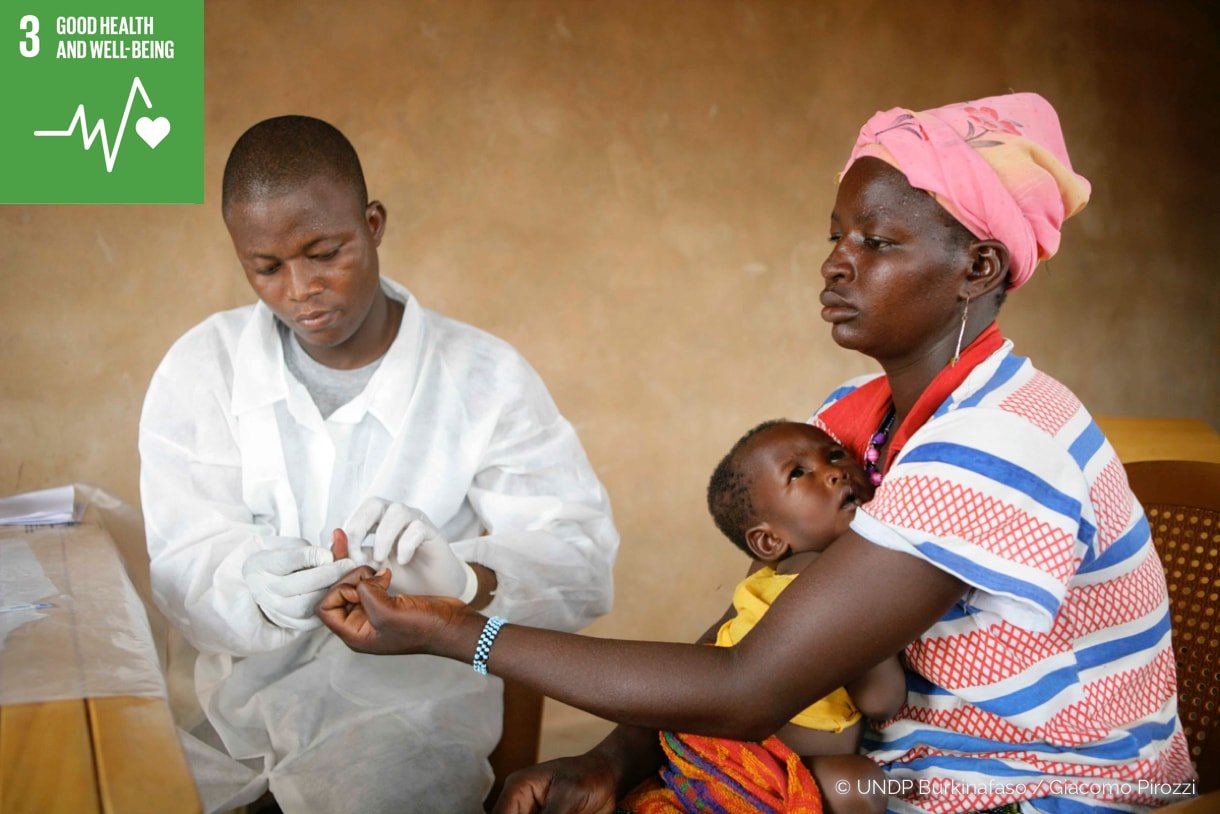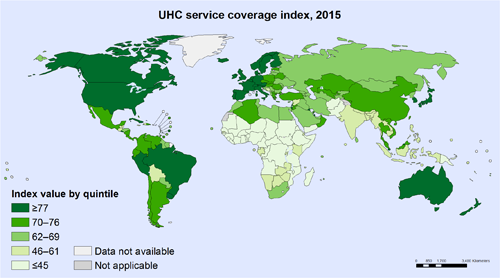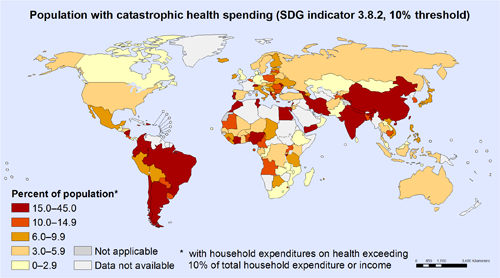The World Health Day theme for 2018 declared by the World Health Organisation (WHO) is ‘Universal Health Coverage: Everyone, Everywhere’. WHO is committed to eradicate communicable and non-communicable diseases while aiding governments around the world to enable access to essential healthcare. It has partnered with 150 countries working with governments, partners, multilateral, bilateral, civil society organizations, funds, foundations and the private sector.
Universal Health Coverage: Everyone, Everywhere
The campaign covers three main health issues
- Essential health services
- Health costs
- Extension of WHO coverage
1. Essential Health Services
Half the world’s population still have no full coverage of essential health services. Essential Health Services include:
- Maternal and new-born health
- Child health
- Reproductive health
- School health
- Prevention and treatment of communicable diseases
Diseases include the wide range of
- Sexually transmitted diseases – HIV and AIDS
- All vector-borne diseases
- Tuberculosis, leprosy
- Neglected tropical diseases
- Non-communicable diseases
The latter mentioned category covers eye health, emergency health, mental health and prison health.
2. Health Costs
Universal Health Coverage (UHC) means that all individuals and communities receive the health services they need without suffering financial hardship. According to WHO, “100 million people are still being pushed into ‘extreme poverty’ (living on $ 1.90 or less a day) because they have to pay for health care”. These dire circumstances have led countries to include UHC in the sustainable development goal as well. However there are certain challenges to enabling UHC. Such as, limited capacities of State welfare systems to provide free healthcare for all.
Refer more information on the gaps in essential health services in the UHC Global Monitoring Report of 2017
3. Extension of WHO coverage
The Tokyo Declaration on Universal Health Coverage had identified a need for a “high-quality, integrated, ‘people-centred’ health services. This must include promotive, preventive, curative, rehabilitative and palliative health services (…)”. However achieving these goals maybe hard due to certain ground realities that reflect the socio-economic circumstances of the Global North and Global South. The figures below are illustrative of that:
UHC Service Coverage index shows less data is available from the African continent and several countries in Southeast Asia. South America, several impoverished African states and Asian countries including China and India are shown to have disastrous health spending. WHO shows concern that more and more household income is spent on essential health services. Loans, debts and insurance costs, make people further poor.
The unavailability of data is more dangerous. Because unidentified problems in healthcare means preventive action and necessary aid cannot be adequately distributed. Countries such as Sri Lanka with free healthcare, very low infant mortality rates, well-administered maternal and childcare efforts across the country are lucky exceptions in the Global South. India in comparison does not fare well. The United States has the world’s most expensive healthcare which has made it inaccessible to lower-middle income and low income families. Therefore, healthcare is a global issue which requires attention.
In conclusion, let the World Health Day (celebrated on 07th April), remind our policy makers around the world the need to address vital issues. Such as
- Providing access to essential health services
- Developing people-centred healthcare policies that does not disadvantage the poor
- Obtain aid from specialized agencies on sharing best practices and expertise to solve healthcare related problems.
This would enable countries and its citizenry to face a healthier, better and sustainable future.




